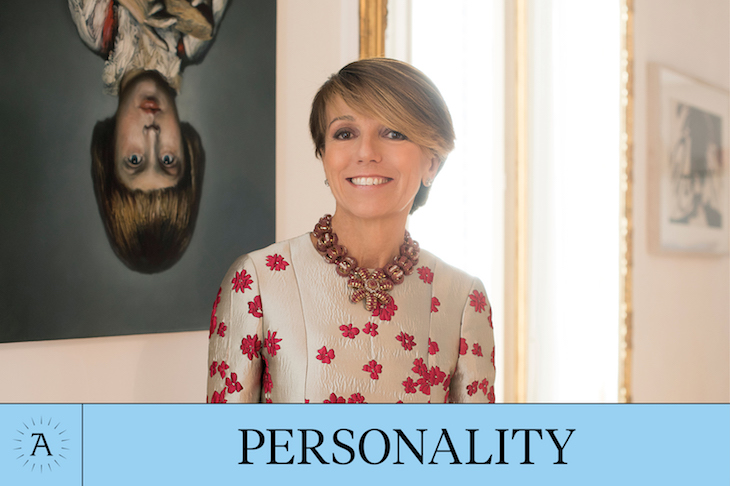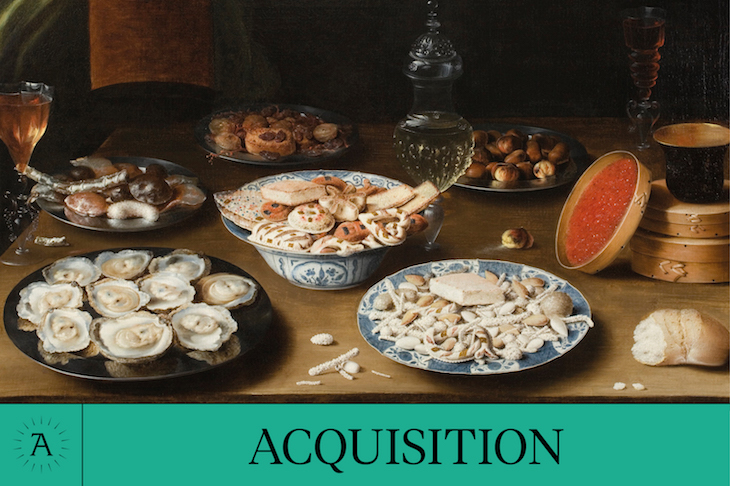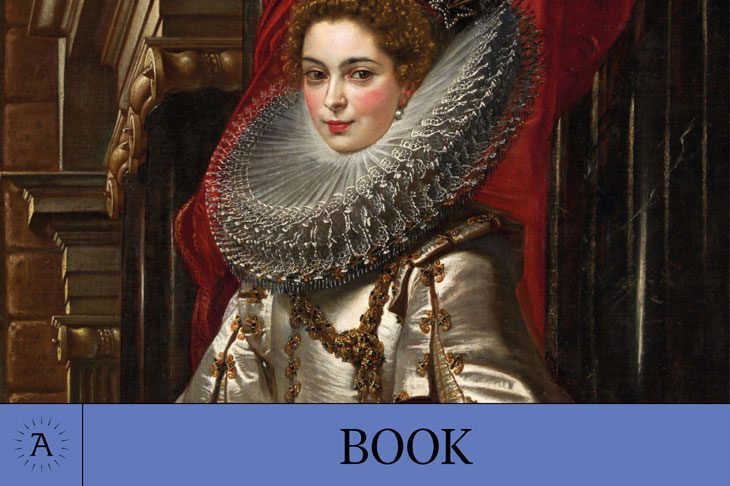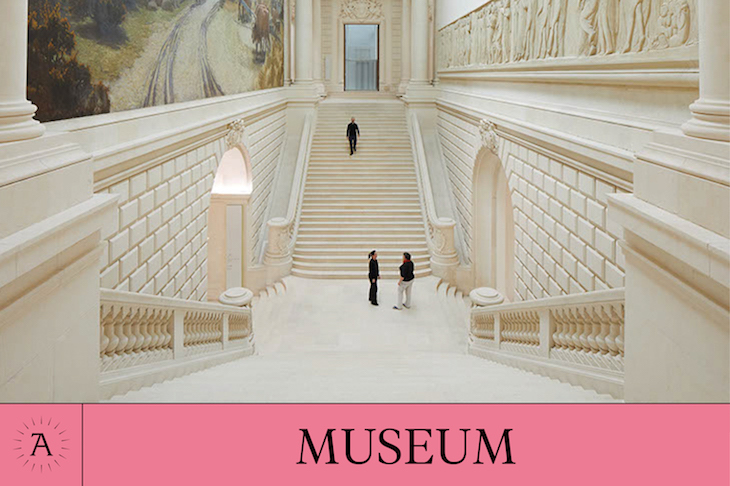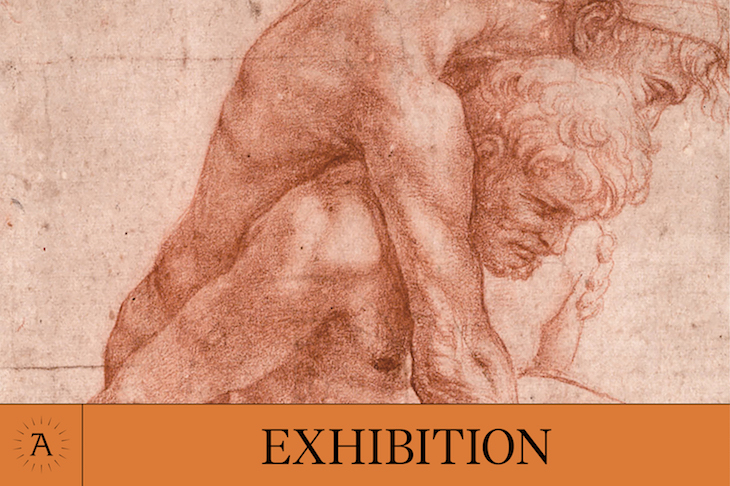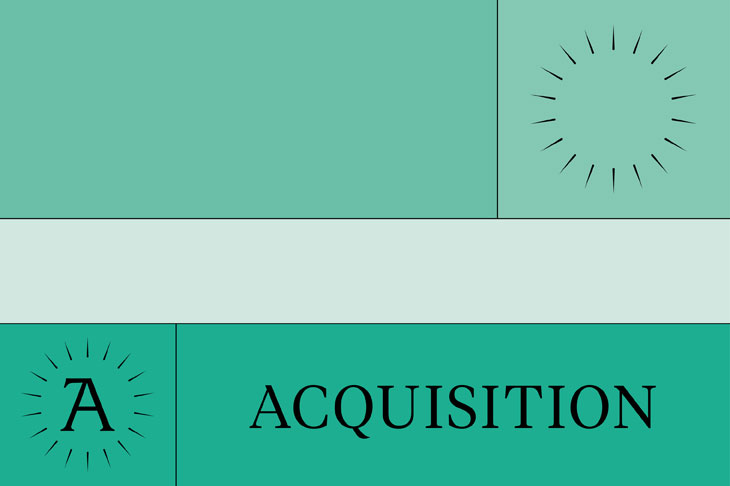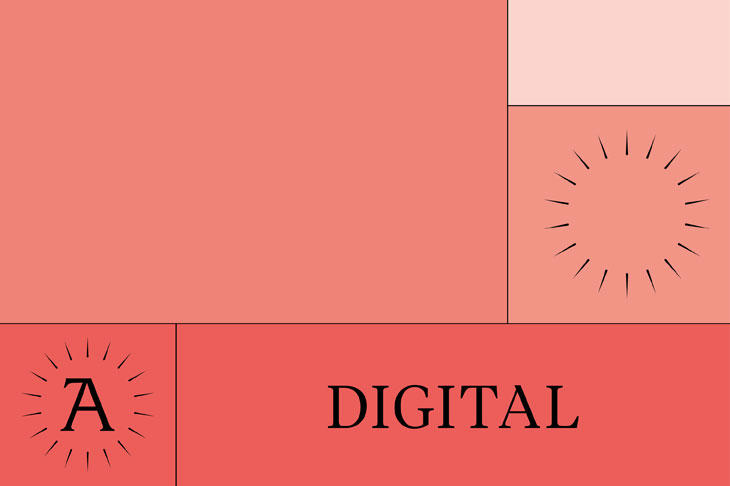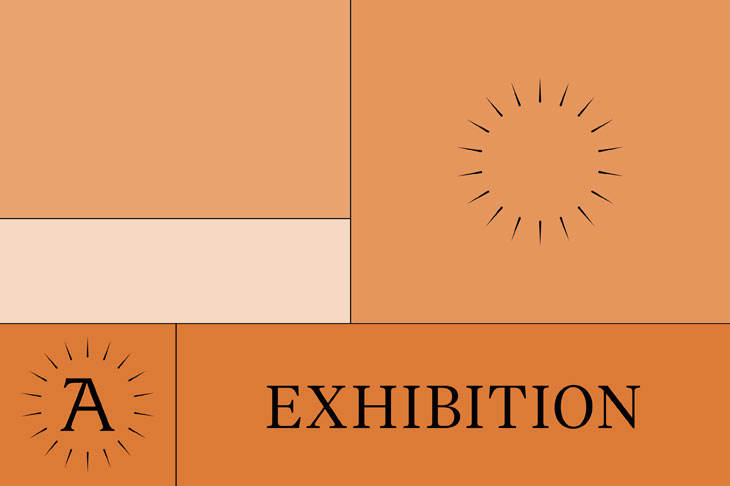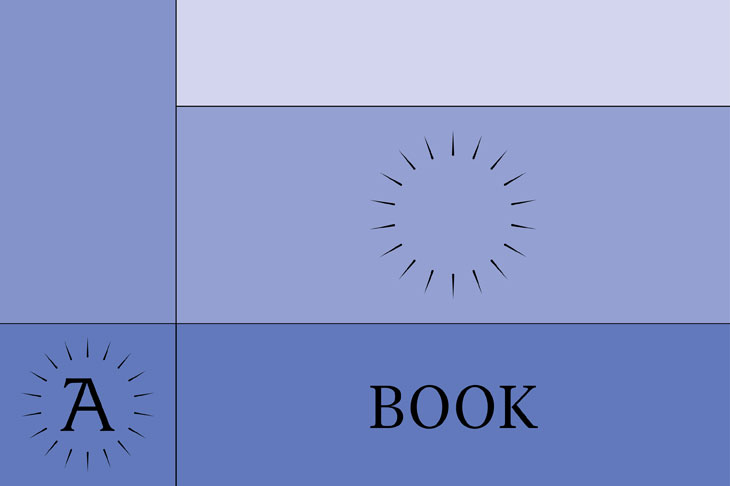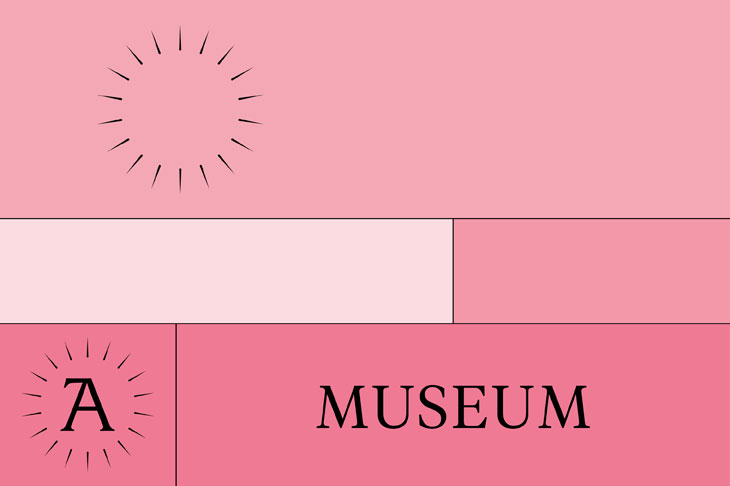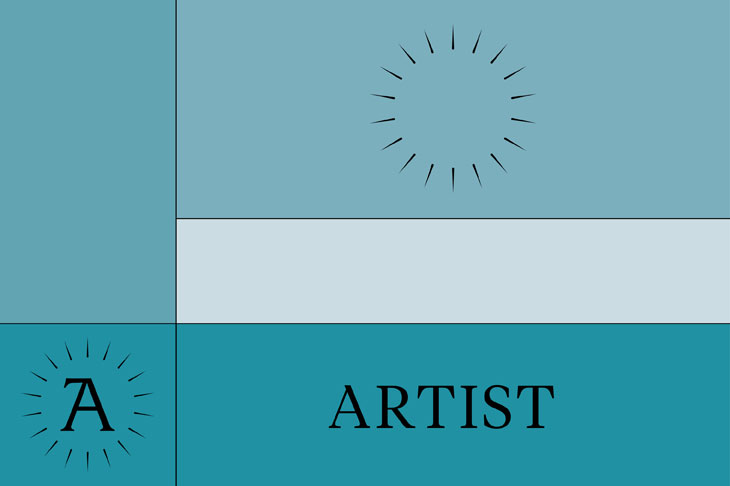Apollo Award Winners 2014
Personality | Artist | Museum Opening | Exhibition | Book | Digital Innovation | Acquisition
Back in 2010, I stood before a painting by Anselm Kiefer (b. 1945) at the BALTIC Centre for Contemporary Art and asked a young German artist whether he liked it. ‘It’s Kiefer,’ was the slowly proffered reply – as if liking or disliking had little bearing on one’s regard for this artist. We were contemplating Urd Werdande Skuld (The Norns) of 1983, which shows a vast, vaulted passageway receding into an abyss, a fire flickering at its centre. Its title is a reference to the three fates of Norse mythology, and its subject might equally be a Romanesque nave or a gigantic sewer.
And certainly, Kiefer’s four-decade career – currently surveyed with powerful succinctness at the Royal Academy of Arts in London (27 September–14 December) – resists ascriptions of ‘good’ or ‘bad’ more than that of any other contemporary artist. Like history, memory or mythology – all persistent themes – Kiefer’s art is inescapably, implacably there. Thronging with the ghosts of the recent and distant pasts, it evokes a ravaged ‘nowhere realm’ more akin to the wildernesses of modernist poetry than the neo-expressionist movement in painting with which he is routinely identified. The writings of Paul Celan have, after all, been a lifelong inspiration (phrases from Celan’s poems float across Kiefer’s twilit mythosphere) – but then so too have ancient myth, alchemy, the philosophy of Ernst Bloch, and the Holocaust.
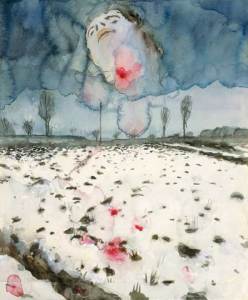
Winter Landscape (1970), Anselm Kiefer Photo: © 2014. Image © The Metropolitan Museum of Art/Art Resource/Scala, Florence / © Anselm Kiefer
Even at its most axiomatic, however, Kiefer’s work is threaded through by signs of his place in history and art history. He was born in the Black Forest region of southern Germany a few months before the end of the Second World War. He studied under the conceptualist painter Peter Dreher. Cultural and personal introspection and retrospection dovetail inseparably in Kiefer’s early work: in the 1970s, alarmed by his country’s self-protective amnesia regarding its Nazi past, he made the Occupations series, comprising photographs of himself giving a Nazi salute (illegal in Germany) in different sites around Europe. These mordant tableaux quickly found their way into a delicate, folklorish cycle of drawings and paintings.
If postmodernism in painting can be defined as an emancipation from ‘depth’, then Kiefer’s art is, by contrast, a prising open of wounds. Space dilates in his pictures to giddying effect (many conjure vertiginous aerial panoramas). ‘For me, huge doesn’t exist,’ he was recently quoted as saying, and indeed the scale of his paintings verges repeatedly on the hubristic. The recurrence in his art of the winged figure of Icarus, soaring perilously high, is telling. The paintings’ materials, too, stray far beyond paint (and beyond representation), massing into a ‘stony rubbish’ of clay, plant roots, circuit boards, wire, dirt, and – most prominently – fragments of lead from the roof of Cologne Cathedral, which he acquired in its entirety in 1981. Matching the sprawling scope of his work, his atelier in Paris occupies a former warehouse, while he has established a 200-acre estate-cum-studio in Barjac, southern France.
Yet throughout the artist’s corpus, grandiosity repeatedly slides into something more desultory: towards the end of the Royal Academy’s current exhibition is a cycle of works studded with diamonds that manage to seem like upturned slabs of pavement embedded with sparkling mica. Kiefer’s sculptures meanwhile consistently evoke the burnt-out remnants of expired civilisations. For his 2010 exhibition ‘Next Year In Jerusalem’ at Gagosian Gallery in New York, he amassed 25 vitrines (some towering as high as 20 feet) packed with desiccated trees, books and model warships. There was a strange and irresolvable tension between these parched reliquaries and the abundant cultural allusions packed into their titles – Dornröschen (Sleeping Beauty), Ararat, Fitzcarraldo.
Collectively, Kiefer’s monumental scenes and assemblages – combined with his sketchbooks and smaller vignettes – irradiate the here and now of the artist’s existence with the sweeping universalism of myth. The sculpture Ages of the World (Die Erdzeitalter), made this year and installed in the Royal Academy’s central chamber, nicely allegorises the artist’s tendency to collapse time and memory: used canvases such as might litter his studio are stacked into a teetering tower of Babel, sprouting giant poppy heads. Here as so often, Kiefer’s art shares hell’s expansive timelessness. The past refuses to fall into discrete chapters and neat moral exempla, but rather encroaches on the present with the insistence of an unwanted revenant. No wonder mere questions of ‘quality’ are beside the point.
James Cahill is a writer and critic
Anselm Kiefer is at the Royal Academy of Arts, London until 14 December.

The Apollo Awards 2014
Personality | Artist | Museum Opening | Exhibition | Book | Digital Innovation | Acquisition
Unlimited access from just $16 every 3 months
Subscribe to get unlimited and exclusive access to the top art stories, interviews and exhibition reviews.





